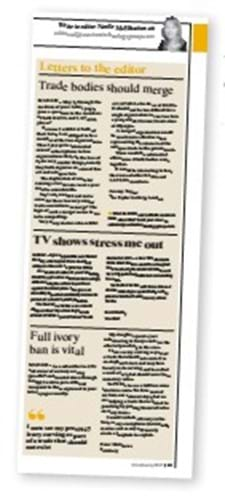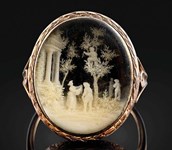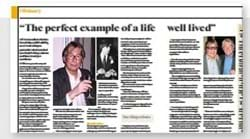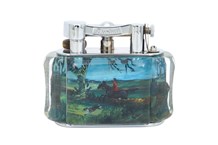
Apart from the inevitable trashing of irreplaceable and exquisite works of art such a policy would cause, he clearly has not considered the thousands of innocent collectors who depend on the value of their collections to supplement their pensions or to leave as an inheritance to their children
Apart from the inevitable trashing of irreplaceable and exquisite works of art such a policy would cause, he clearly has not considered the thousands of innocent collectors who depend on the value of their collections to supplement their pensions or to leave as an inheritance to their children
There are also lots of dealers whose trade would be taken away at a stroke, never mind the value of their stocks. Who is going to compensate all these people for this imposed financial loss?
The present pre-1947 rule has been working perfectly well. Most people fully support it and would not dream of purchasing modern ivory.
Recent surveys carried out in this country, including the report by Traffic (2016), have found only a miniscule number of post-1947 ivories on the market, and these are most likely a hangover of household items already here when the 1947 rule was introduced back in 1997.
Antique ivory, as appears in furniture, Art Nouveau and Deco figures and innumerable other antique objects dating to medieval times, is clearly distinguishable from the sort of modern pieces seen in China and other markets.
Apart from the brilliant white of the new material, the inferior quality in the carving and style is plain to see. Dealers, collectors and auctioneers are not easily fooled.
If the recently announced Chinese ban on ivory trading actually comes into force, the African ivory poaching problem will be resolved, as that is where 90% of the poached ivory is destined.
Philip Whittall
Southampton








